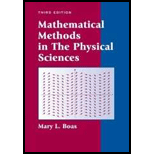
(a) To see the results in Problem 1 graphically, computer plot the percentage error in Stirling’s formula as a function of
(b) Repeat part (a) for the percentage error in (11.5) using two terms of the asymptotic series, that is, Stirling’s formula times
Want to see the full answer?
Check out a sample textbook solution
Chapter 11 Solutions
Mathematical Methods in the Physical Sciences
Additional Math Textbook Solutions
Calculus Volume 1
Differential Equations: An Introduction to Modern Methods and Applications
Finite Mathematics & Its Applications (12th Edition)
Using and Understanding Mathematics: A Quantitative Reasoning Approach (6th Edition)
Probability and Statistics for Engineers and Scientists
Mathematics for Elementary Teachers with Activities (5th Edition)
 Discrete Mathematics and Its Applications ( 8th I...MathISBN:9781259676512Author:Kenneth H RosenPublisher:McGraw-Hill Education
Discrete Mathematics and Its Applications ( 8th I...MathISBN:9781259676512Author:Kenneth H RosenPublisher:McGraw-Hill Education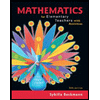 Mathematics for Elementary Teachers with Activiti...MathISBN:9780134392790Author:Beckmann, SybillaPublisher:PEARSON
Mathematics for Elementary Teachers with Activiti...MathISBN:9780134392790Author:Beckmann, SybillaPublisher:PEARSON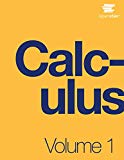
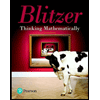 Thinking Mathematically (7th Edition)MathISBN:9780134683713Author:Robert F. BlitzerPublisher:PEARSON
Thinking Mathematically (7th Edition)MathISBN:9780134683713Author:Robert F. BlitzerPublisher:PEARSON Discrete Mathematics With ApplicationsMathISBN:9781337694193Author:EPP, Susanna S.Publisher:Cengage Learning,
Discrete Mathematics With ApplicationsMathISBN:9781337694193Author:EPP, Susanna S.Publisher:Cengage Learning,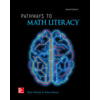 Pathways To Math Literacy (looseleaf)MathISBN:9781259985607Author:David Sobecki Professor, Brian A. MercerPublisher:McGraw-Hill Education
Pathways To Math Literacy (looseleaf)MathISBN:9781259985607Author:David Sobecki Professor, Brian A. MercerPublisher:McGraw-Hill Education





